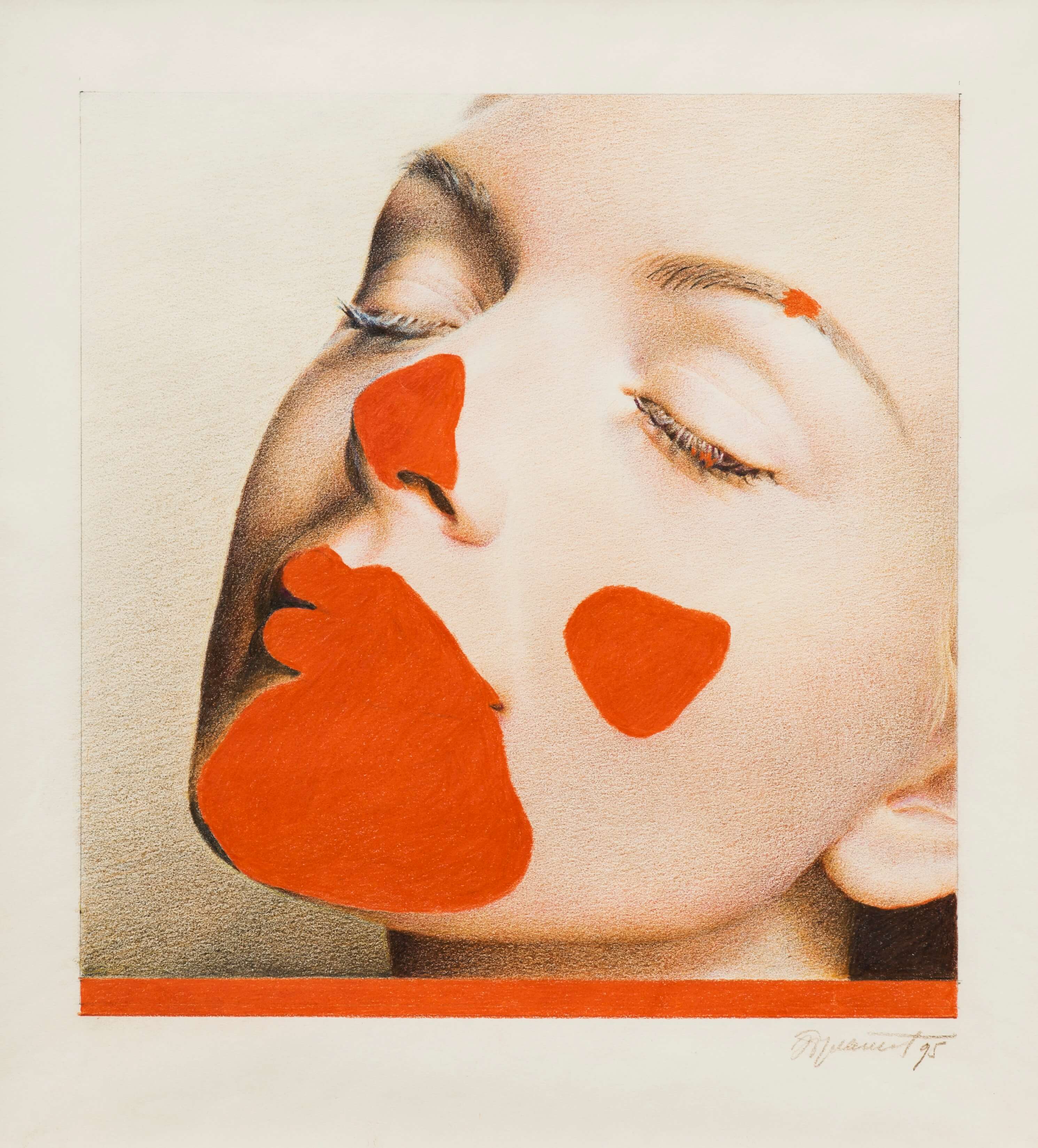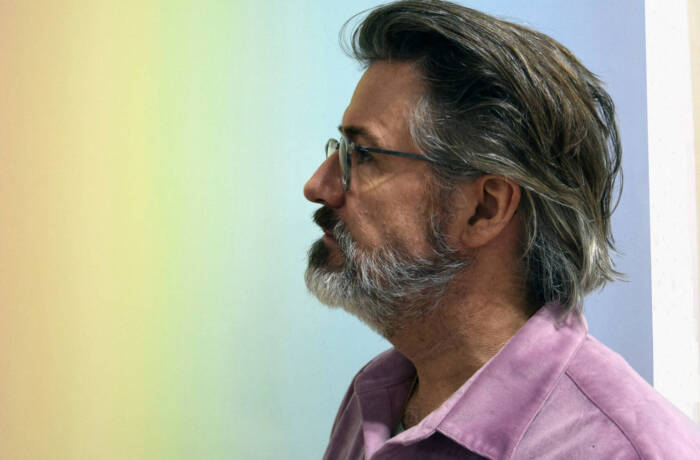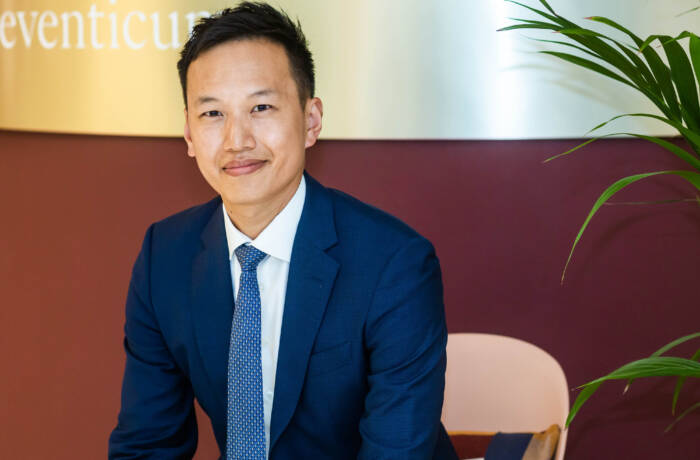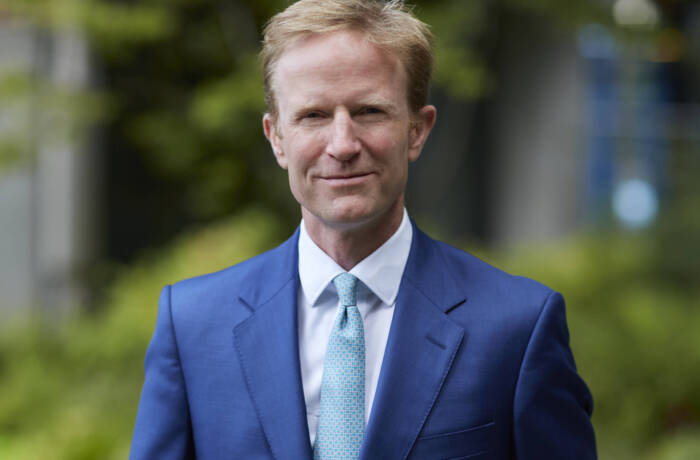The investment potential of the best art will just keep on increasing, says Simon de Pury, one of the world’s most renowned auctioneers, as art becomes ever more aligned with high luxury.

Simon de Pury
Art is the ultimate luxury. You don’t need it to live, which is a definition of a luxury. And in the past few years other similarities between the art market and the luxury market have emerged.
Ten years ago you would go to different – not luxurious – parts of town to see art. In New York you would go downtown; in London you would go east for certain exhibitions and galleries, for example. Now, though, in the art business you need to be very central for the same reasons as you do in the luxury market: it’s all about location, location, location. Thus the concentration of top galleries that are installing themselves in Mayfair in London, while in New York there is a return to the Upper East Side. There’s a lot of artistic activity focusing on these areas because when the international traveller comes to town, he stays in the heart of the city, goes to the top hotel and wants to have everything in an immediate circle, and wants to not have to waste too much time pursuing these passions. So all of that has had an impact, changing the market quite fundamentally. Galleries are now seeking real estate in the same locations as the top luxury brands.
Read next: Interview with Guillaume Davin, CEO of Moynat
Art is also the ultimate luxury because you get emotionally involved, and if you go about it smartly it can be a very rewarding passion. Rewarding in every sense.

Erik Bulatov, Rouge a Levres, 1994, pencil on paper
In concurrence with these developments, the art market is changing also. The market has become global, so for the first time you now have people from all parts of the world buying art from all parts of the world. Compare this to the Cold War, when some artists in the east had no idea what was happening in the west: you had artists working in total isolation. Today there is much easier access to knowledge and information about what is happening in different places through the digital revolution. And this has fuelled further internationalisation. You have biennials in Havana, Sydney, Shanghai, Venice and Istanbul. There is a now a great exchange of information and knowledge, and with knowledge comes a greater interest in acquiring.
Read next: How one of Azerbaijan’s richest men does business
The information that used to be accessible to a small group of insiders is now much more easily and much more widely accessible. As a result, if you look at a list of the most affluent people in each country, 20 years ago there would have been a relatively small percentage of those who were collectors, whereas now if you look at the same lists, there’s a much bigger percentage collecting. And it’s also that which gives art the ultimate status. You can be a very successful businessman, yet it will never give you the same kind of kudos as you get when you are building a great collection. It’s your cultural achievements that leave your biggest mark and your imprint, and that is one reason why individual collectors in different parts of the world have become the main cultural movers and shakers – much more so than the main institutions.

Erik Bulatov, Perestroika, 1989
Read next: Manufacturing millionaire: Javad Marandi reveals his Swiss investment secrets
Nonetheless, there are factors any collector should be aware of. Your collection is your self-portrait. Collecting is an artistic, creative pursuit in itself. By collecting you show who you are and give yourself an identity. For that reason your collection cannot be put together by a committee: it has to be one person who takes the decision of what to buy and (just as important!) what not to buy. Equally, having a professional adviser who is very familiar with the market can help you avoid making mistakes and can help you to navigate the market, so it makes sense for people who have built substantial collections to have either in-house or external specialists that they consult. But even so, it is important that the person who is building the collection follows their own instincts. I often see people who start collecting becoming as knowledgeable as anyone else in the market.
There are questions of a market readjustment. Whenever the market becomes stronger and stronger there are always moments of readjustment. No market just goes vertically up without any fluctuations. And, of course, tastes evolve as well, so what is regarded today as the most desirable things may not be regarded as so in 50 years. Having said that, if you buy only the best quality you can only do well, because you can analyse it statistically from the 1850s onwards and see sufficient documentary evidence that the prices of major art transactions just keep going up. Still, there are some masters of the past – not just artists of our times – that we value much more highly today than 50 years ago. But be aware: there will always be artists who are like a fashion phenomenon – once the initial excitement dies down, so do the prices.
Simon de Pury is an art auctioneer and collector and the founder of de Pury de Pury. depurydepury.com








